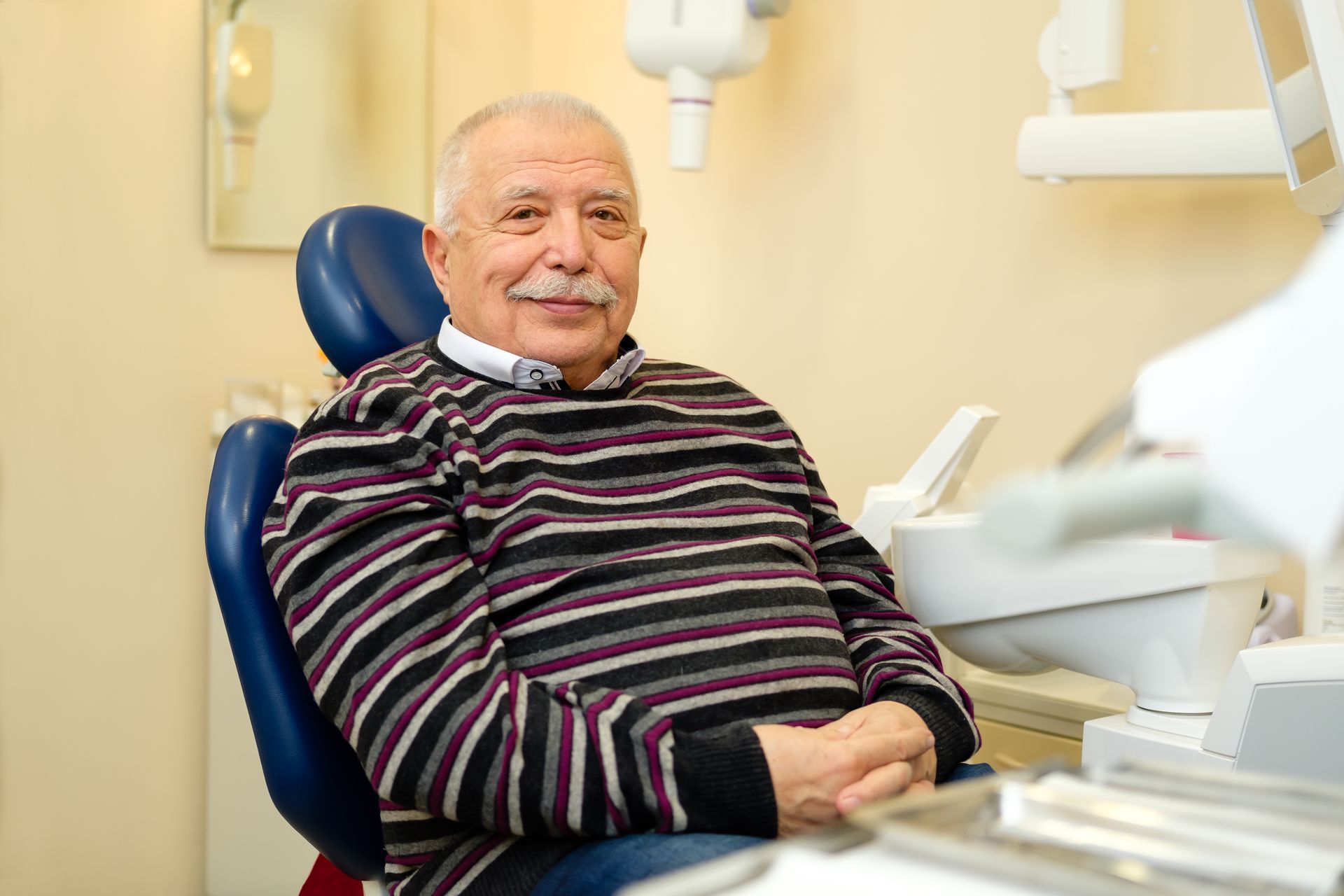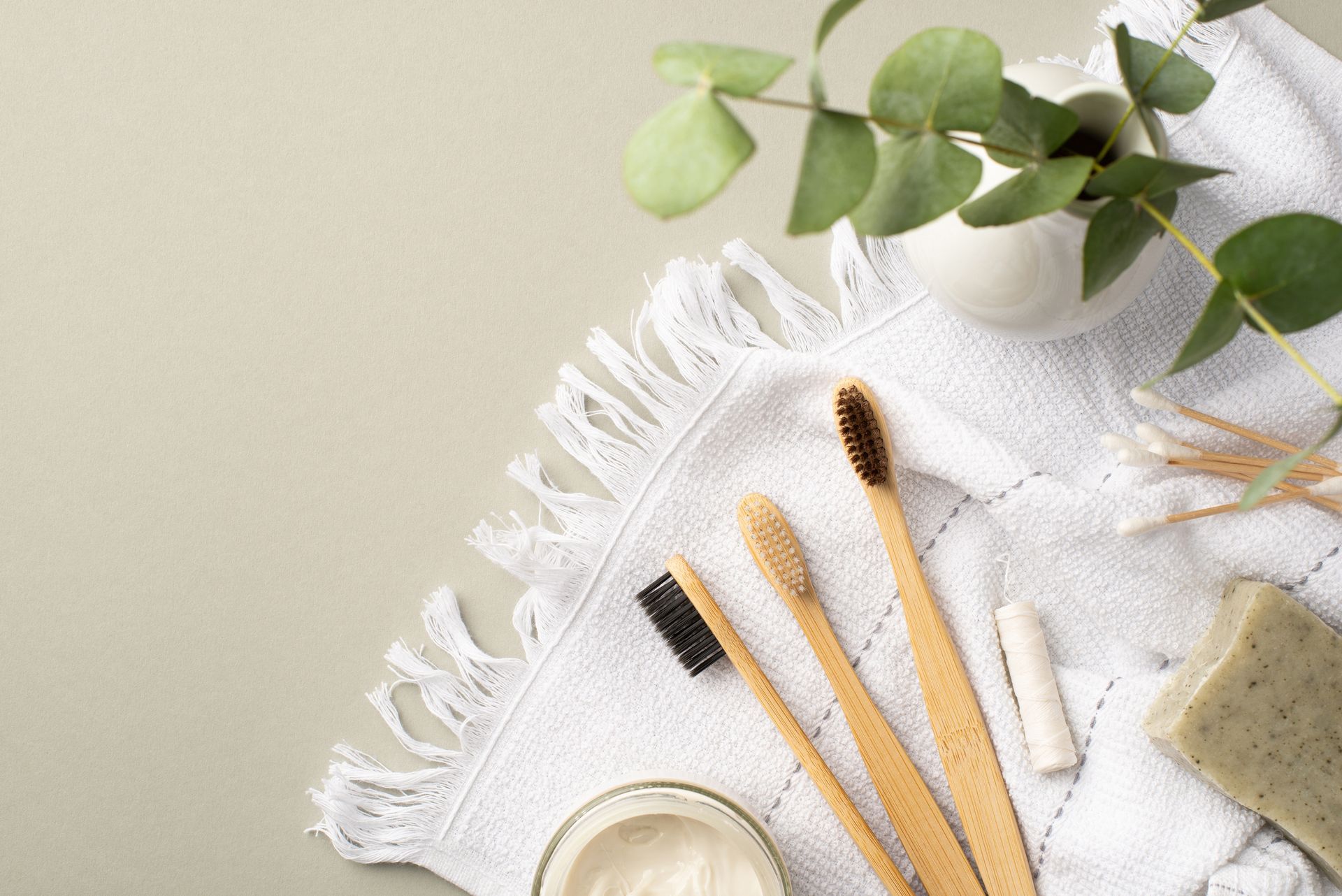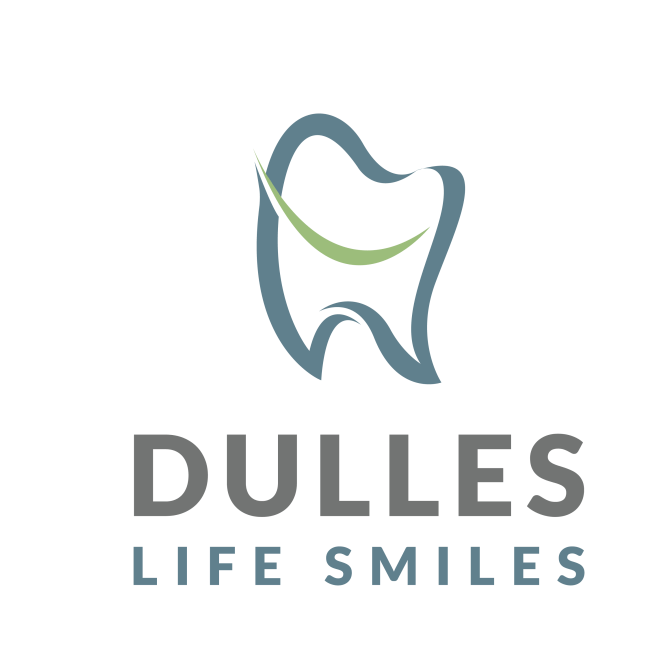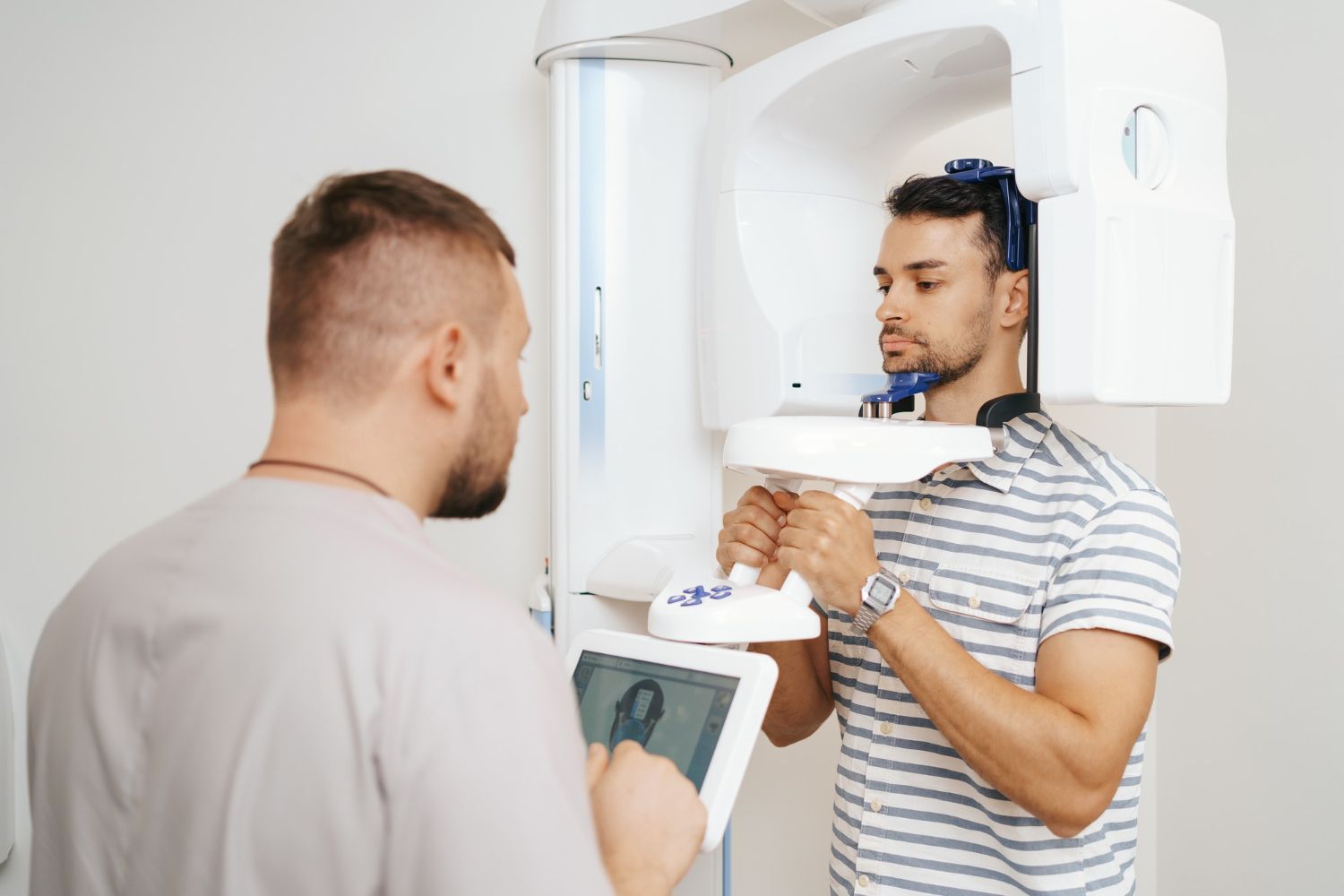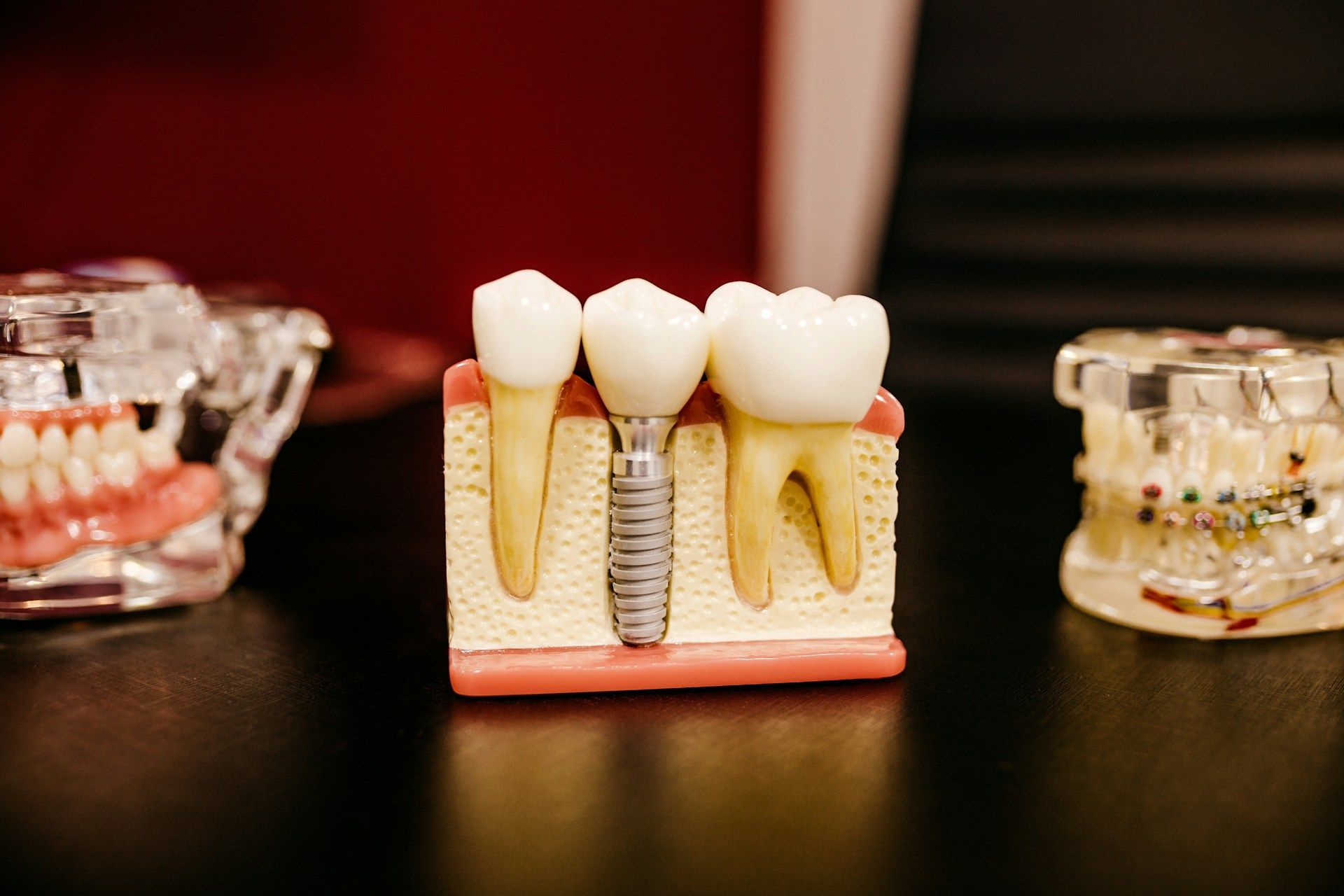Best Toothbrush Tips for a Happy Smile
Keeping a happy smile starts with the right toothbrush and good brushing habits. Your toothbrush is one of the most essential tools for maintaining a healthy mouth. Knowing which is best for you can be tricky with so many options available. This guide will help you understand what to look for in a toothbrush and how to use it effectively.
By following these tips, you can ensure your toothbrush gives you the best smile possible.
Choosing the Right Toothbrush
Types of Toothbrushes: Manual vs. Electric
Deciding between a manual and an electric toothbrush depends on your needs. Manual toothbrushes are affordable, easy to use, and don’t require batteries or charging. They are great if you prefer a simple, portable option. On the other hand, electric toothbrushes offer more features and can make brushing more manageable, especially for kids and adults with limited mobility. They often come with different modes for sensitive teeth, whitening, and gum care.
Bristle Types and Their Benefits
Bristles come in different strengths: soft, medium, and hard. Look for toothbrushes with rounded bristle tips to avoid irritating your gums. Some toothbrushes also feature multi-level or angled bristles to reach between teeth and clean more effectively. Choose bristles that feel comfortable and effectively clean your entire mouth.
Selecting the Correct Size and Shape
The size and shape of your toothbrush head matter for effective cleaning. A smaller head can reach the back of your mouth more quickly and clean each tooth better. This is particularly important for children or adults with smaller mouths. The handle should be comfortable and provide a good grip, especially when wet. Some toothbrushes come with non-slip grips or flexible necks to make brushing easier. Try different options to find the one that best fits your needs.
Proper Brushing Techniques
How to Hold and Angle the Toothbrush
How you hold and angle your toothbrush affects its effectiveness. Grip the toothbrush with a comfortable but firm hold. Angle the brush at a 45-degree angle to your gums. This position helps remove plaque and food particles from the gum line. Starting with the outer surfaces of your teeth, use short, gentle strokes, moving the toothbrush back and forth.
Brushing Steps for Each Part of the Mouth
Divide your mouth into sections: outer surfaces, chewing surfaces, and inner surfaces. Spend at least 30 seconds on each section to ensure thorough cleaning. Start with the outer surfaces of your upper teeth, then move to the outer surfaces of your lower teeth. Next, clean the chewing surfaces by moving the brush back and forth. Finally, brush the inner surfaces, holding the brush vertically and using up-and-down strokes. Don’t forget to brush your tongue to remove bacteria and freshen your breath.
Common Brushing Mistakes to Avoid
Avoid these mistakes to get the most out of your brushing routine:
- Using too much pressure: Brushing too hard can harm your gums and enamel.
- Brushing too quickly: Brush for a full two minutes.
- Missing the gum line: This area is critical for removing plaque and preventing gum disease.
- Using an old toothbrush: Replace your toothbrush every three months or sooner if the bristles are frayed.
By adopting these proper techniques, you can ensure your teeth and gums stay healthy and clean.
Toothbrush Maintenance
How Often to Replace Your Toothbrush
To keep your mouth healthy, changing your toothbrush regularly is essential. Dentists recommend replacing it every three months. Over time, the bristles become frayed and less effective at cleaning. If you’ve been sick, get a new toothbrush once you recover. This prevents any lingering germs from making you sick again. Look at the toothbrush regularly—if the bristles are worn out or splayed earlier than three months, replace them sooner.
Cleaning and Storing Your Toothbrush
Cleaning your toothbrush keeps it free from bacteria. After each use, rinse it thoroughly with tap water to remove toothpaste and debris. Store it upright in a holder to let it air dry. Don’t use closed containers for storage; they can trap moisture and promote bacterial growth. If you share a holder with others, keep the toothbrush heads from touching to avoid cross-contamination. Occasionally, sterilize your toothbrush by soaking it in mouthwash or boiling water for a few minutes.
Travel Tips for Your Toothbrush
Keeping your toothbrush clean can be challenging when you're on the go. Use a travel case with vents to protect the bristles without trapping moisture. Before packing it, ensure the toothbrush is dry to prevent bacterial growth. If your case doesn’t have vents, air out your toothbrush whenever possible. Pack an extra toothbrush in case you need it. Remember to replace your travel toothbrush as frequently as your regular one to ensure your mouth stays clean and healthy.
Enhancing Your Brushing Routine
Using Toothpaste Effectively
The type of toothpaste you use can make a difference. Choose one with fluoride, which helps strengthen your teeth and fight cavities. Apply a pea-sized amount of toothpaste to your brush. Fluoride toothpaste doesn’t need to be rinsed off entirely after brushing; a small amount left in your mouth protects your teeth. If you have sensitive teeth, look for toothpaste designed to alleviate sensitivity.
Complementary Tools for Better Cleaning
Consider adding complementary tools to your routine to ensure your mouth is as clean as possible. Dental floss removes food and plaque between teeth that your toothbrush can’t reach. Mouthwash helps kill bacteria and freshens breath. Interdental brushes or dental picks help clean braces and dental bridges. Toothpaste tablets or powdered toothpaste can be convenient options for travel or when you’re on the go.
How to Encourage Kids to Brush
Getting kids excited about brushing their teeth can be a challenge. Turn brushing into a fun activity by letting them pick out their toothbrush and toothpaste. Use a timer or play a favorite song to make sure they brush for two minutes. Reward them with a sticker chart for good brushing habits. Read stories or watch videos about brushing teeth to make it more relatable. Supervise their brushing to ensure they do it correctly and praise their efforts to build positive habits.
Conclusion
Taking care of your toothbrush and using proper brushing techniques are critical to a healthy and happy smile. Choosing the right toothbrush, maintaining it well, and enhancing your routine with the right tools can make a big difference. Teaching kids good brushing habits early on sets them up for a lifetime of oral health.
If you’re looking for more personalized advice or need professional dental care in Ashburn, our team at Dulles Life Smiles is here to help. Contact us today to schedule your appointment and take the first step towards a brighter smile.

